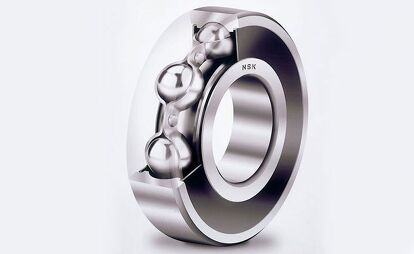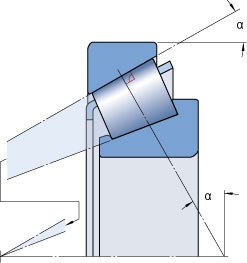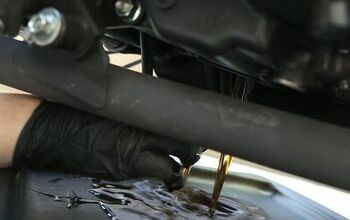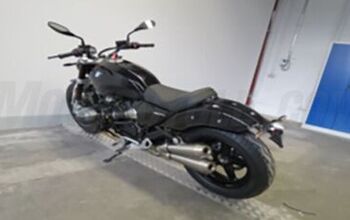Why Do OEMs Use Ball Bearings In Steering Heads?
Ask MO Anything: Aren't tapered roller bearings better?
Dear MOby,
I have a very short question for Ask MO Anything. Why do motorcycle
factories insist on using ball bearings for OEM steering-head fitment, when every mechanic I know will replace them with aftermarket tapered roller bearings once they wear out? Why not just use tapered rollers to begin with?
Regards,
Kelvin Lau
Dear Mr. L,
I remember when the first R1 came out in 1998, Yamaha told us it chose to use roller bearings because they provided better steering feel and feedback. Intuitively it’s hard to argue with that since there is less contact area between a ball bearing’s inner and outer races, and that was backed up by the fact that the R1 was the sweetest-handling literbike ever at the time.
But we may have just been had: Our friend Brian Gillen, MV Agusta’s head engineer, tells us using ball bearings in the steering head does offer advantages regarding packaging, since they take up less space and also weigh less. But in most cases, he says, the choice is primarily cost; tapered roller bearings can cost over twice as much as ball bearings.
The big advantage to tapered rollers is that they last much longer, thanks simply to the fact that the load is spread over much greater surface area – among other things which require more knowledge than Ask MO can bring to bear. All I know is, 20,000 miles or so later, the ball-bearing ones in my 2000 R1 are shot.
And after that it gets complicated, okay?
Keeping your bike’s steering head bearings properly lubed and adjusted will go a long way toward maximizing their lifespan, especially if it has ball bearings, but it’s a thing plenty of people ignore. If you can waggle the front wheel around when somebody raises it off the ground for you with the kickstand (or if you have a front-end stand even better), even if just a millimeter or two, you’ve really probably already waited too long. Chris Redpath of MotoGP Werks tells us if a bike with its original bearings has reached that stage, he’ll usually just replace the ball bearings with tapered rollers.
If you try to replace them yourself, be sure and follow instructions and/or the manual when it’s time to tighten things up, because if your bike is anything like my old R1, the tightening procedure isn’t what you’d (I’d) expect: The two locking ring nuts, under the upper triple clamp that look like what you should really tighten, are supposed to be torqued to just 20 ft-lb and 6.5 lb-ft (lower and upper).
It’s the steering stem nut, on top of the upper clamp (the one idiots scratch all up by carrying 15 keys on their keychain) that needs to be torqued to a bicep-rippling 85 lb-ft on my bike.
PS: No bike manufacturer makes its own bearings; they nearly all come from outside suppliers. If you have time to take your bike apart and get the old ones out, and if you’re lucky enough to have a bearing supply store in the neighborhood (they’re all over) with a nice person behind the counter armed with a micrometer, you can save substantial cash by going straight to the source.
Direct your motorcycle-related questions to AskMoAnything@motorcycle.com, though some say we’re better at non-motorcycle-related ones…
More by John Burns




































Comments
Join the conversation
The Kawasaki Vulcan 1700's have problems with wobble, particularly on the Voyager and the reason, it seems, is the ball bearings. Change out to tapered roller bearings and problem solved. Another observation is that the ball bearings look to be hardly lubed and with what looks like Vaseline. A very light grease and not much of it. This happens with bikes with under 10K miles too.
MotoGP bikes use .... ball bearings.
Ask yourself why.
Regards,